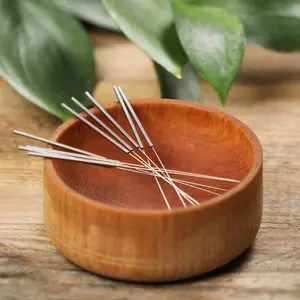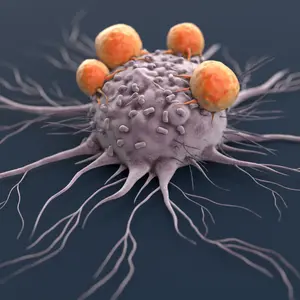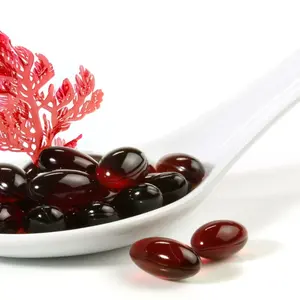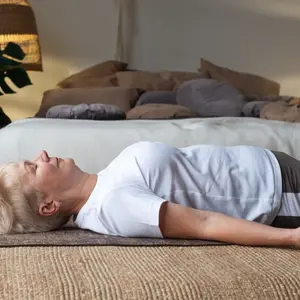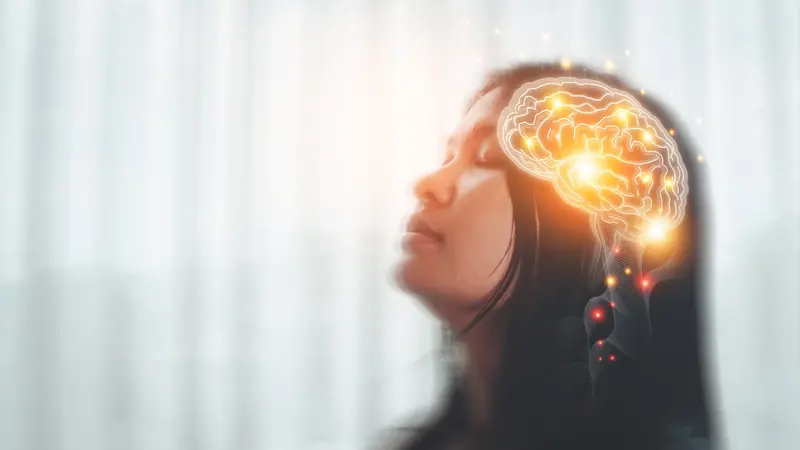
Healing Ways
Healing Ways
Understanding Polyvagal Theory
The human nervous system is continuously assessing the world for cues of safety, danger, or threat. Whether navigating a high stakes work presentation, weaving through a crowded Saturday morning farmer’s market, or walking down a dimly lit alley, the body is constantly scanning the environment and adjusting its responses to maintain safety. Polyvagal theory offers a framework for understanding these automatic shifts, explaining how the nervous system moves between states of calm, alertness, and shutdown.
How the Vagus Nerve Shapes Experience
Developed by neuroscientist Dr. Stephen Porges in 1994, polyvagal theory seeks to explain the ways in which this constant monitoring shapes the way we react to stress, connect with others, and experience health and well-being. Polyvagal theory has been used in therapeutic and trauma-informed spaces. This theory explores an evolutionary perspective on how the nervous system stores, responds, and reacts to stress.
The central nervous system is the body’s communication network that connects the brain to all other areas of the body through a complex web of nerves. The autonomic nervous system (ANS), is the part of the central nervous system that controls automatic functions of the body such as heartbeat, breathing, and digestion. It operates mostly outside of conscious control. The ANS is further divided into two sub-systems: the sympathetic (SNS) and parasympathetic (PNS) nervous systems. The SNS activates when people feel stimulated, whether by stress, alertness, or activity; for this reason, the SNS is sometimes called the “fight-or-flight” response. Its counterpart, the PNS, is often called the “rest-and-digest” system, because it is responsible for pathways of safety like digesting food, relaxation, and restorative calm.
The vagus nerve is a key player in the PNS. This critical bundle of nerve fibers is the longest and most complex cranial nerve in the human body. Named from the Latin root meaning “wandering”, the vagus nerve originates at the base of the brainstem and extends down the neck, esophagus, and abdomen, spreads its branches like a tree to the heart, lungs and digestive organs. Through these many branches, the vagus nerve carries signals between the brain, heart, and digestive system. Its functions include regulating heart rate, slowing breathing, and aiding digestion.
The ANS involves a built-in surveillance system that is constantly scanning and interpreting sensory input. These scans occur automatically, without conscious thought. Polyvagal theory introduces the term neuroception to describe this phenomenon. Neuroception is the body’s subconscious ability to detect whether situations, people, or environments feel safe, dangerous, or life-threatening. Unlike perception, which involves conscious awareness, neuroception works automatically. When the body senses safety, it allows social engagement and calm states. When it senses threat, it prepares for defense.
According to polyvagal theory, the vagus nerve acts like a switchboard, helping the body shift between states of safety, mobilization, and shutdown. These shifts shape how people feel, think, and interact with the world around them. Polyvagal theory describes three main pathways of the autonomic nervous system that guide how we respond to any given situation.
Ventral Vagal Pathway: This branch is linked to feelings of safety, social connection, and calm states. It allows for relaxed communication, learning, and healing. It is sometimes called the social engagement system. Ventral vagal literally means front/belly vagus, referring to the anatomical pathway along the front of the body—when this branch is engaged, the vagus nerve is active in a state of safety and calm.
Sympathetic Nervous System: This pathway activates energy for defense. It prepares the body for action, creating responses like racing heartbeat, faster breathing, or tense muscles. This is the classic fight-or-flight mode.
Dorsal Vagal Pathway: This branch is associated with shutdown when a situation feels overwhelming or life-threatening. Meaning literally back vagus, it can cause immobilization, numbness, or a sense of disconnection. This survival strategy is the oldest part of the nervous system, a last resort in the face of immediate danger.
According to this theoretical model, these three responses work in a hierarchy. It asserts that the body prefers to stay in the ventral vagal state of calm and connection when it feels safe. If safety is lost, it shifts to the sympathetic state of mobilization to fight or flee. If the danger feels inescapable, the system drops further into dorsal vagal shutdown.
How These States Show Up in Daily Life
We move through these three activation states depending on how our bodies are perceiving the relative safety of the world around us. At the start of the day, we might be sitting in a café with a close friend, sipping coffee and sharing a joke. Our shoulders are relaxed, our breathing is easy, and our attention is open—signs that the body is in a ventral vagal state, tuned for connection and safety.
A few hours later, stuck in traffic and late for an important meeting, our heart rate spikes, muscles tense, and our focus narrows. This is the sympathetic system stepping in, readying the body to respond to a perceived threat or challenge.
Later that same week, after a series of overwhelming events, we find themselves shutting down entirely—struggling to speak, feeling disconnected from our surroundings. This reflects a dorsal vagal response, the body’s way of conserving energy in the face of extreme stress.
Each of these states is a built-in survival strategy, not a personal failure, and understanding them can help us respond with more compassion to what our nervous systems are trying to do.
Therapeutic Applications
Understanding this system helps explain why we may react in different ways to stress or trauma. For example, some may become anxious and restless, while others may feel frozen or disconnected. Therapy and practices such as breathwork, meditation, yoga, and safe social interactions can help guide the nervous system back into the ventral vagal state, supporting healing and resilience.
Deep, diaphragmatic breathing—sometimes called belly breathing—can help activate the vagus nerve and promote a state of calm. One evidence-informed technique is 4-7-8 breathing: inhaling through the nose for four counts, holding the breath for seven counts, and exhaling through the nose for eight counts. Because this exercise can lead to drowsiness, it is best practiced in a safe setting rather than while driving or performing tasks that require our full attention.
Meditation and mindfulness practices that cultivate present-moment awareness can also stimulate the vagus nerve. A simple approach involves sitting quietly with eyes closed for five minutes, focusing on the breath, and gently redirecting attention away from distractions as they arise.
Regular physical activity is another well-documented way to support vagal tone. Aerobic exercise promotes cardiovascular health and helps regulate the stress response. Public health guidelines suggest aiming for 150 minutes of moderate activity per week, along with two to three strength-training sessions. This can include brisk walking, cycling, or dancing, and weight or resistance training.
Brief exposure to cold—such as taking a cold shower or splashing cold water on the face—may also stimulate the vagus nerve by activating the parasympathetic nervous system.
Meaningful social connection plays a key role. Polyvagal theory emphasizes that feeling safe and connected is a biological need. Safety cues from others such as gentle eye contact, calm voices, or compassionate presence can activate the ventral vagal system. Expressing gratitude, engaging in small acts of kindness, and fostering supportive relationships help strengthen the body’s capacity for regulation through the vagus nerve.
Practical Takeaways
Understanding the ways the nervous system responds to safety, threat, and overwhelm offers a powerful lens for self-awareness and resilience. Recognizing when the body is in a ventral vagal state of calm and connection, a sympathetic state of mobilization, or a dorsal vagal state of shutdown allows us to respond with insight rather than judgment. Practices such as diaphragmatic breathing, meditation, regular physical activity, brief cold exposure, and fostering meaningful social connections can support the nervous system’s natural ability to regulate itself. While the science behind polyvagal theory continues to evolve, its central message is clear: by noticing and gently guiding the body’s responses, we can cultivate a greater sense of safety, connection, and compassionate self-understanding, while seeking professional support when needed for trauma or chronic stress.
REFERENCES
Polyvagal Institute
Polyvagal Institute. (n.d.). What is Polyvagal Theory? Retrieved September 12, 2025, from https://www.polyvagalinstitute.org/whatispolyvagaltheory
Trauma Therapist Institute
Trauma Therapist Institute. (2025, January 7). Polyvagal Theory Explained Simply. Retrieved September 13, 2025, from https://www.traumatherapistinstitute.com/blog/Polyvagal-Theory-Explained-Simply
NCBI Bookshelf (StatPearls)
Kenny, B. J., & Bordoni, B. (2022, November 7). Neuroanatomy, Cranial Nerve 10 (Vagus Nerve). In StatPearls. StatPearls Publishing. Retrieved October 15, 2025, from https://www.ncbi.nlm.nih.gov/books/NBK537171/
Physio-pedia
Imtiaz, K. (Ed.). (n.d.). Vagus Nerve. Physiopedia. Retrieved October 15, 2025, from https://www.physio-pedia.com/Vagus_Nerve
Massachusetts General Hospital
Massachusetts General Hospital. (2024, October 16). The Vagus Nerve: A Key Player in Your Health and Well-Being. Retrieved October 15, 2025, from https://www.massgeneral.org/news/article/vagus-nerve


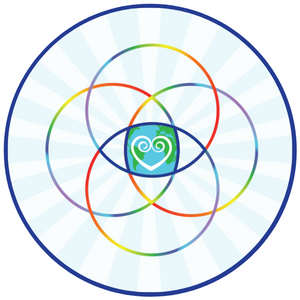 By
By


